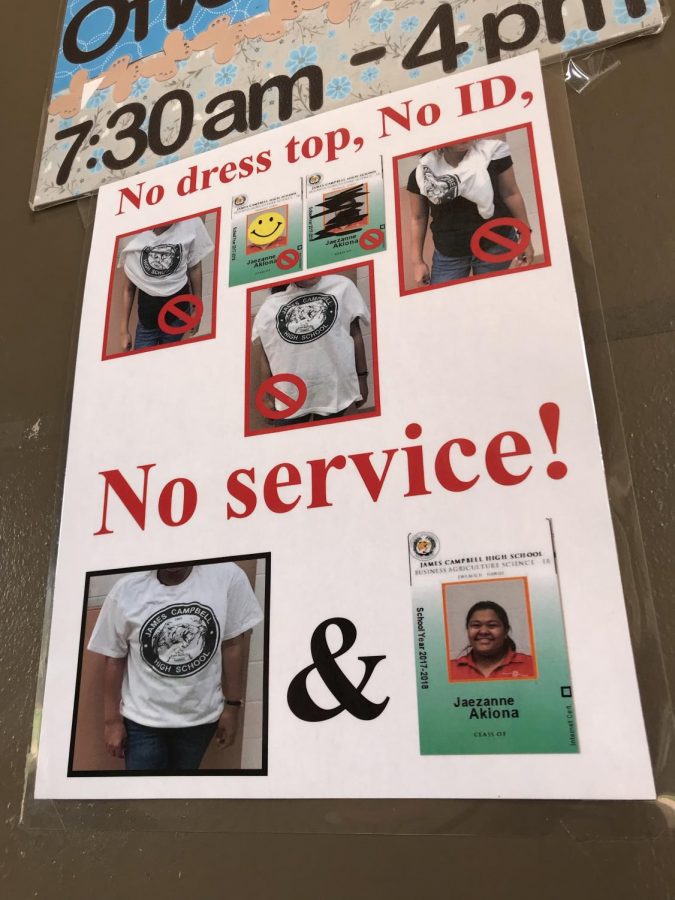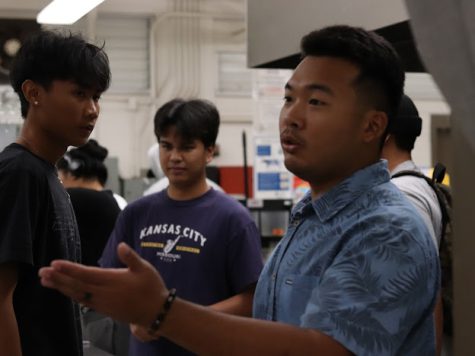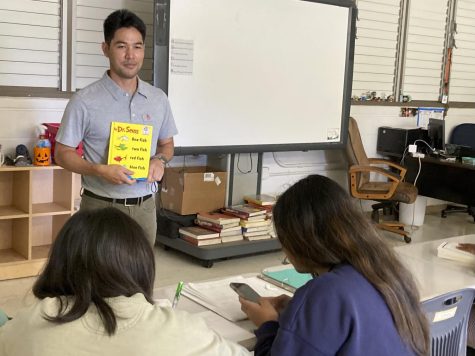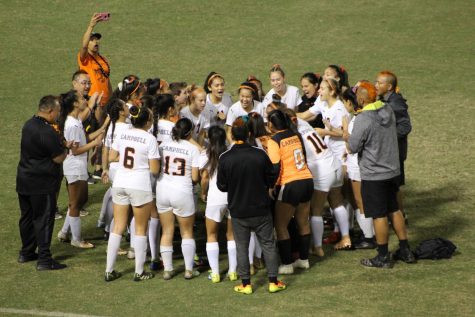The Campbell Dress Top Dispute
How the Clarity of a Purpose Can Contribute to Compliance
James Campbell High School (JCHS) adopted a mandatory dress top policy in the year 2002 that many students––primarily upperclassmen––have preferred not to abide by. “Most of the students in my class, if not all of them don’t wear dress tops,” said Rhyanne Javier, a junior at JCHS.
The implied purpose of the “standardized dress top policy,” as stated in the JCHS planner, is for it to “become part of a strong overall safety program supporting learning success.”
Though never directly addressed, the aim of the policy is generally understood by assumption across the student body. “I think the purpose of the policy is for identification––like who’s a student and who’s not; who should be on campus and who shouldn’t,” said Joaquin Natividad, a JCHS senior.
The students’ objection to the policy may be attributed to the lack of a regularly communicated objective. “People are more likely to do something if they know why they should do it,” said the JCHS junior Justin Kim.
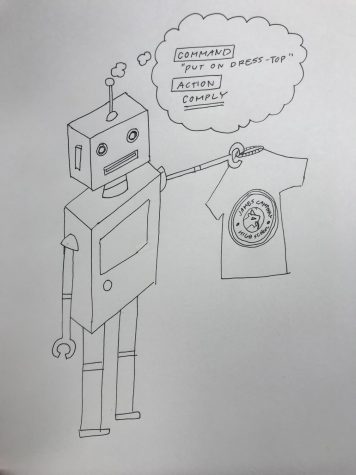
“If I’m asked to wear a suit-and-tie everyday to school as a teacher, I’ll ask, ‘Why? We work in Ewa Beach?’ I won’t just say, ‘Okay!’ The same thing applies to students. If we’re asking you to dress a certain way, then you guys should know why,” said Jayson Reynon, a JCHS science teacher.
If the JCHS staff instructed a student violating the policy to “put on a dress-top because it ensures safety and the identification of strangers” rather than just “put on a dress-top,” students may, after a few infringements, abide by the policy––as the reasoning behind it would be instilled in them. Firm and consistent reinforcement of the reasoning behind the policy may gradually elicit the support of students for the sake of safety.
Students and teachers also have insight on possible policy improvements. Kim said, “Instead of enforcing dress-tops, shouldn’t they enforce wearing IDs? They could use IDs as a first step.”
“I think we just need to have better support from our leadership: that if there’s no dress top there has to be a consequence,” said Reynon.
The JCHS planner concludes: “Uniforms alone will not solve all the problems of public schools and the public perception of them. However, they are surely one positive contributing factor to improve high school discipline and safety.” Directness and widespread understanding are a step in the right direction to fully enforce the policy.
